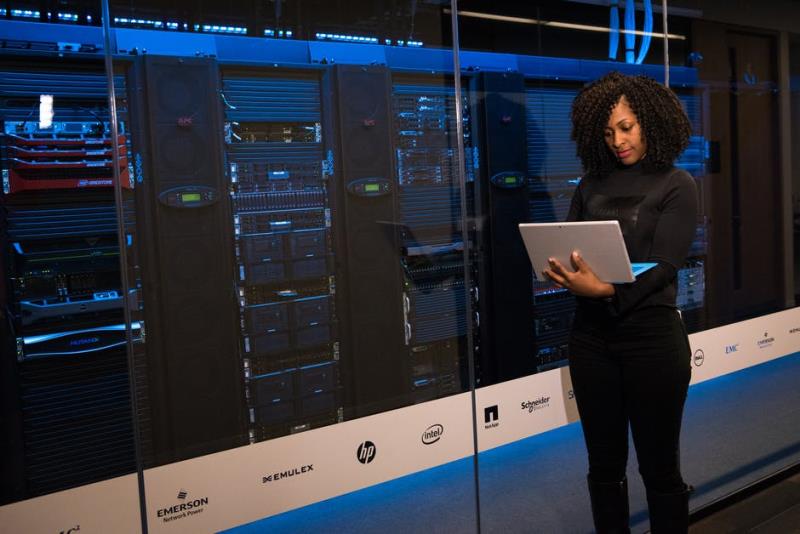How to Find the Best Managed IT Company
Are you in need of an IT company for your business? Well then you're not alone. Many companies struggle to find the right IT company with the...
2 min read
Mindy Gallagher : Feb 22, 2021 12:00:00 AM
Business continuity focuses on how well your business can keep going during disasters or changes in the environment. Ideally you are able to stay afloat no matter what happens.
This concept is called BCDR: business continuity planning and disaster recovery. In the past you may have wondered how this impacts your business. Since the pandemic its become clear that disasters we can't imagine may come our way.
This article will take a quick look at what you should know about business continuity planning and disaster recovery.
Business continuity is the ability to maintain business functions (or quickly resuming business) after a disaster. This comes in the form of a plan that has been decided upon before the event of a disaster.
Before we outline how to create a BCDR plan you and your business should identify the following:
This will give you a better understanding of where efforts should be focused during planning.
The goal of a business continuity plan is to maintain the critical functions you listed above. There are four steps in creating a plan for during and after a disruption in the activity (and here are mistakes you should avoid).
Identify the various threats and disruptions that could potentially damage areas of business. These may include natural disasters power outages illnesses strikes cyber attacks and so on.
In order for operations to run smoothly during a disaster the chain of command should be clear. Also there needs to be a substitute if the key staff is not present during the disaster.
Employees should be informed about their potential responsibilities and those of others.
A strategy for communications will help determine how information and commands should be shared during and after the disaster. This will include methods of communication (phone email etc.) points of contact and who will contact stakeholders.
Every critical business component needs to have a backup for data power and communications.
The best way to approach this is to create a planning tool with a checklist. This includes supplies equipment location of the backup and contact information for emergency responders.
Some disasters can not be avoided. That's when a recovery plan comes in handy. While the business recovery looks at the business continuity as a whole this part of the plan focuses on restoration right after a disaster.
There are two important aspects of this plan:
RTO is the maximum amount of downtime your business functions and components can endure before damages and a break in continuity occurs. Each vital business function should have an RTO and a plan for recovery.
RPO is the desired state that your business should reach after a disaster so that it can operate at a minimal level. What are the procedures to have access to back up data? How about website function? Communications with customers?
The only way to know if your Business Continuity Planning and Disaster Recovery plan will work is to test it. This way you can evaluate and improve it.
There are many dangers lurking out there. You never know how prepared you really are. Our IT experts specialize in keeping information safe for businesses. Learn about our security solutions today!


Are you in need of an IT company for your business? Well then you're not alone. Many companies struggle to find the right IT company with the...

Small business owners have a lot of responsibilities. Often cybersecurity falls by the wayside if the business isn't tech-oriented.

Business has gone digital. IT is now so important for business that your IT infrastructure could make or break your chances for success.